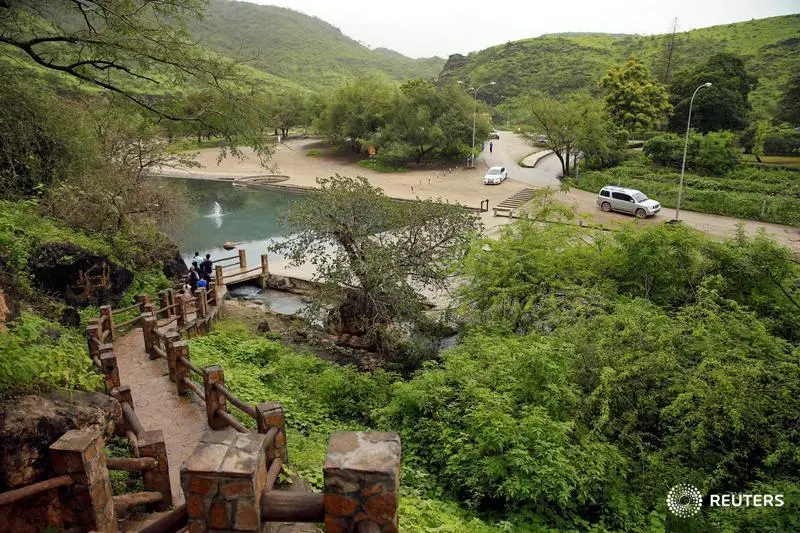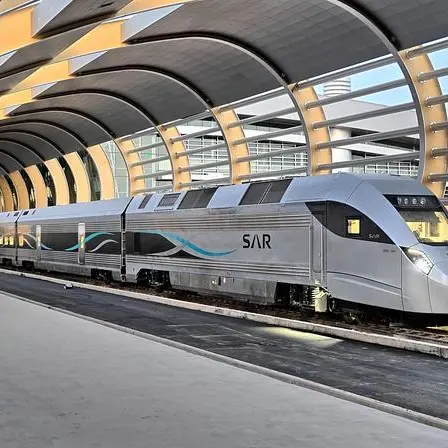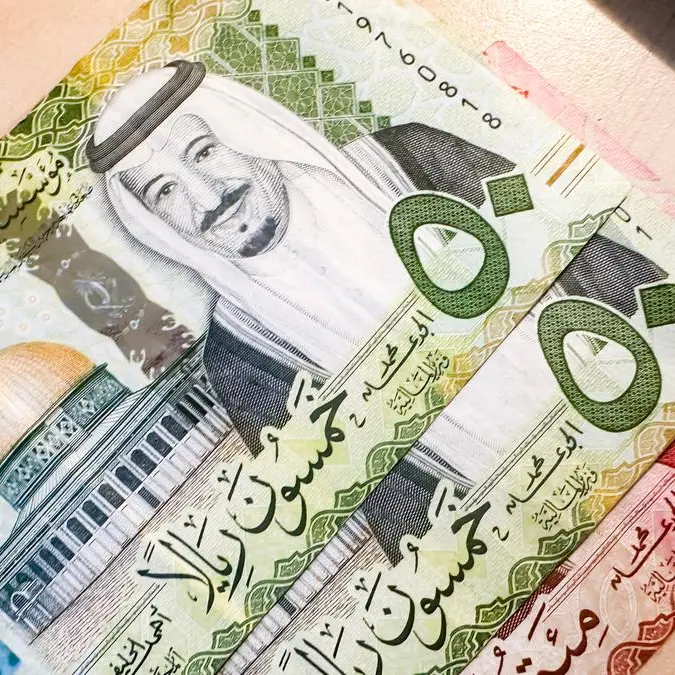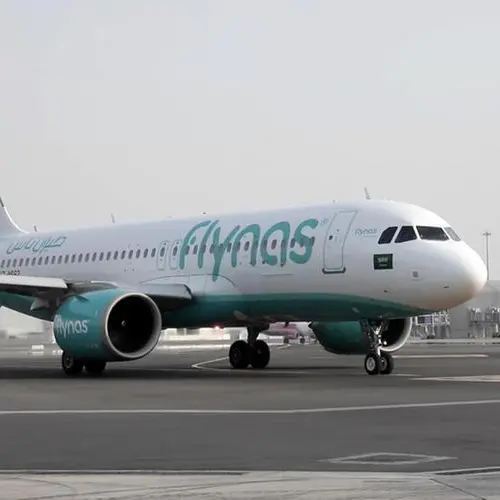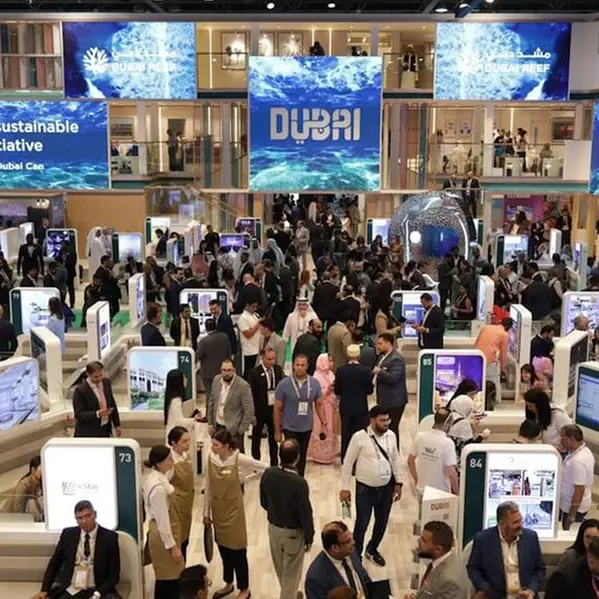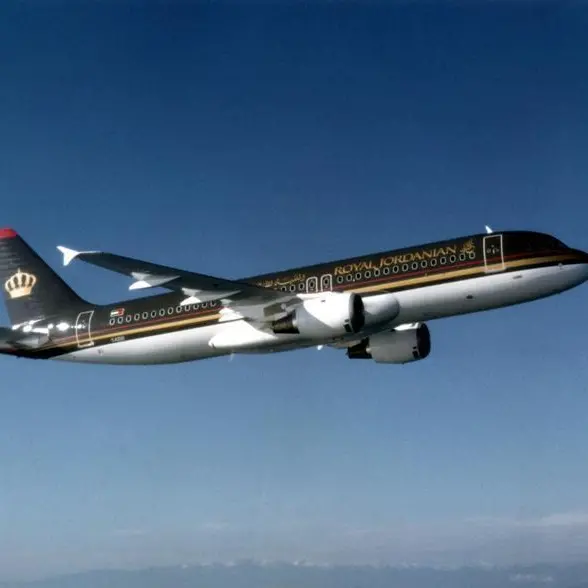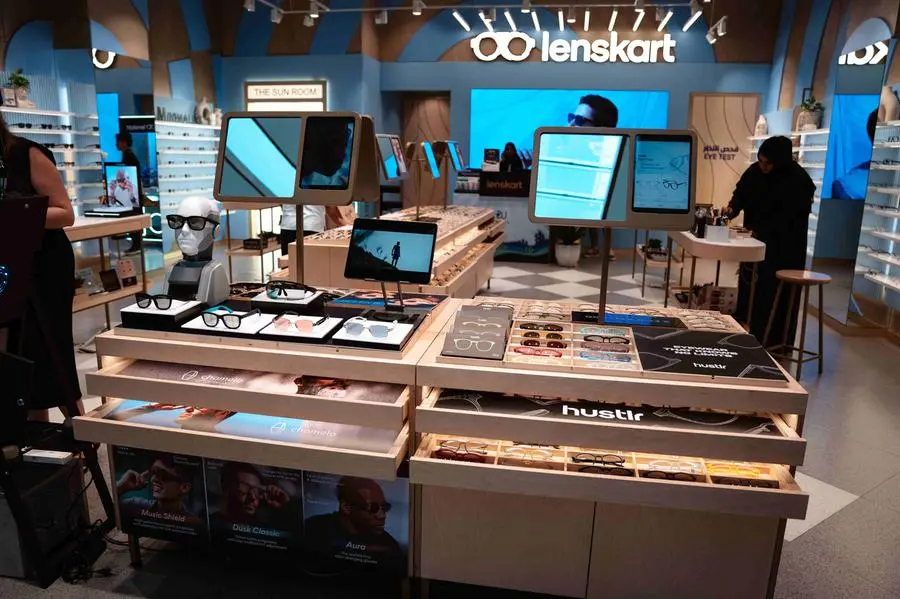PHOTO
By Shane McGinley
RVs – or recreational vehicles – are not typically seen in the Middle East. They are traditionally more suited to countries like the United States and mainland Europe where drivers can enjoy the freedom of the open road and set up camp wherever the map may take them.
But the concept has now been imported to the Gulf region. Last month Omran, Oman’s tourism investment body, and Oman Motorhomes partnered to develop the first campgrounds dedicated to RVs in locations across the sultanate.
The move will give drivers a more personal way to experience some of Oman’s famous attractions, such as the sunset over Jabal Shams, the highest peak in the Arabian Peninsula, the lush greenery of the Salalah monsoon season or the architectural marvels of the Nakhal Fort as it rises above the landscape near Muscat.
Kitted out with playgrounds, recreational centres, walking paths, camp stores and facilities like water, electricity and waste services, the campgrounds hope to tap into the budget-conscious traveller looking for an alternative experience to the many five-star hotels and resorts already on offer in Oman.
“The idea came from seeing these RVs in the United States,” Nasser Al Saadi, owner and managing director of Oman Motorhomes, was quoted as saying by the Times of Oman newspaper. “However, for bringing them to Oman we had to modify vehicles to suit the privacy of Omani families.”
Luring private sector investment
The initiatives is part of Oman’s bid to expand its tourism portfolio, with the travel and tourism sector one of the five key pillars listed by the government with potential to help diversify the economy away from dependence on hydrocarbons, especially at a time when oil prices remain low.
“These (RV campgrounds) are different areas we are trying to look at and try and help the private sector to develop their businesses,” Salah Salim Al Ghazali, chief investment officer at Omran, told Zawya in a phone interview last month.
Oman’s tourism ministry announced this summer at the Arabian Travel Market exhibition in Dubai that up to $35 billion would be invested in the country’s tourism industry over the next 25 years, with up to 80 percent of this investment coming from the private sector.
“There is room for that in the country. Oman has extremely nice natural mountains and beaches and there is always something for the private sector to come in and offer and we do our best to help and grow that segment. We cannot do everything,” Al Ghazali says.
The government’s Vision 2020 plan forecasts tourism accounting for 5 percent of gross domestic product by the end of the decade, up from 2.5 percent last year, according to the World Travel and Tourism Council. Oman currently receives around 2.6 million tourists a year, according to latest official statistics, with annual growth of around 9 percent seen since 2010.
Transforming treasures
Omran is working on a number of large-scale development projects to accommodate the increase in visitors.
Last month, it unveiled phase one of the 500 million-riyal ($1.29 billion) Mina Al Sultan Qaboos Waterfront project, which aims to transform Muscat’s traditional Mina Al Sultan Qaboos port into a major mixed-use waterfront destination, with hotels, residential areas and entertainment facilities.
“The project itself is mixed use and we have a number of hotels across the development, we have two four-star hotels, a three-star hotel and we have a shopping mall and all this will contribute to the new jobs in the sector,” Al Ghazali says.
“Oman wants to push the youth into [the tourism sector]… It is a good place for them to work and a good source of income. These are the main drivers but it is only phase one so it will add to that hopefully.”
Four phases are planned and the project is expected to be completed in 2027, with the construction and operation of the project set to create as many as 12,000 direct and 7,000 indirect jobs, according to a report by the Times of Oman newspaper.
Other large projects include the Oman Convention and Exhibition Centre, the first phase of which opened last September. The project will feature a 22,000 square-metre exhibition hall and a 12,000 square-metre outdoor exhibition space and phase two, which will be completed in December 2017, will include an indoor theatre and several ballrooms. Authorities hope it will help Oman compete with the United Arab Emirates for some of the meetings, incentives, conferences and exhibitions (MICE) segment of the global travel market.
The Madinat Al Irfan urban development project near Muscat and around half a dozen hotels are also planned in the coming years.
Funding from further afield
The sultanate has traditionally sourced funding for such projects from Omani investors and Al Ghazali said there is still healthy interest, despite the impact of lower oil prices on economic growth and business sentiment.
“Obviously the drop of the oil price and the dollar has a negative impact on demand. We are seeing interest from local investors to put money in the country and I’d like to thank them personally for coming at a difficult time.
“To be honest we didn’t give the international investors yet a chance to come and contribute because our first priority is to give the locals a chance to chip in with their proposals as it is a national project and it is very sensitive to our history,” he added.
Omran plans to start talking to potential international investors in the Mina Al Sultan Qaboos Waterfront project in the first quarter of 2017.
“Our first choice was to look at the interest from the local buyer and we got three to four times the number of interest… If we don’t find the best mix from the local investors we have already received interest from investors from the region who are just waiting for us to come back. We are seeing interest from other countries like China and the UK and countries like India.
“I think we are going to have a tough year yes, but not that difficult and with a project like this we will secure investors,” Al Ghazali said.
One novel way Al Ghazali could demonstrate how the sultanate is working to diversify its tourism sector and broaden its reach is to take investors out on the road and on an RV across the country.
© Zawya 2016
